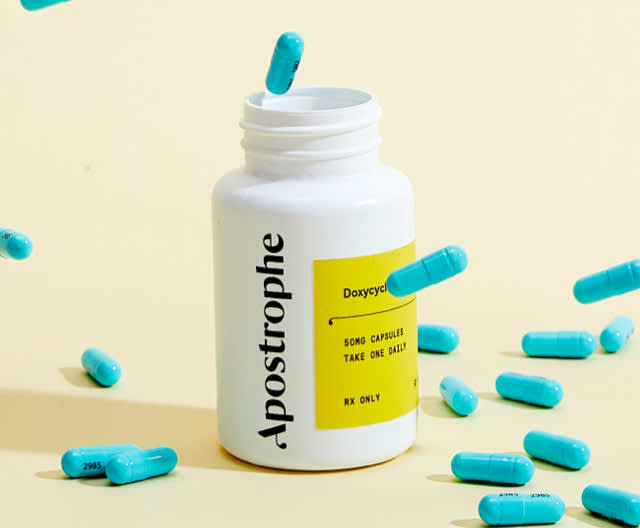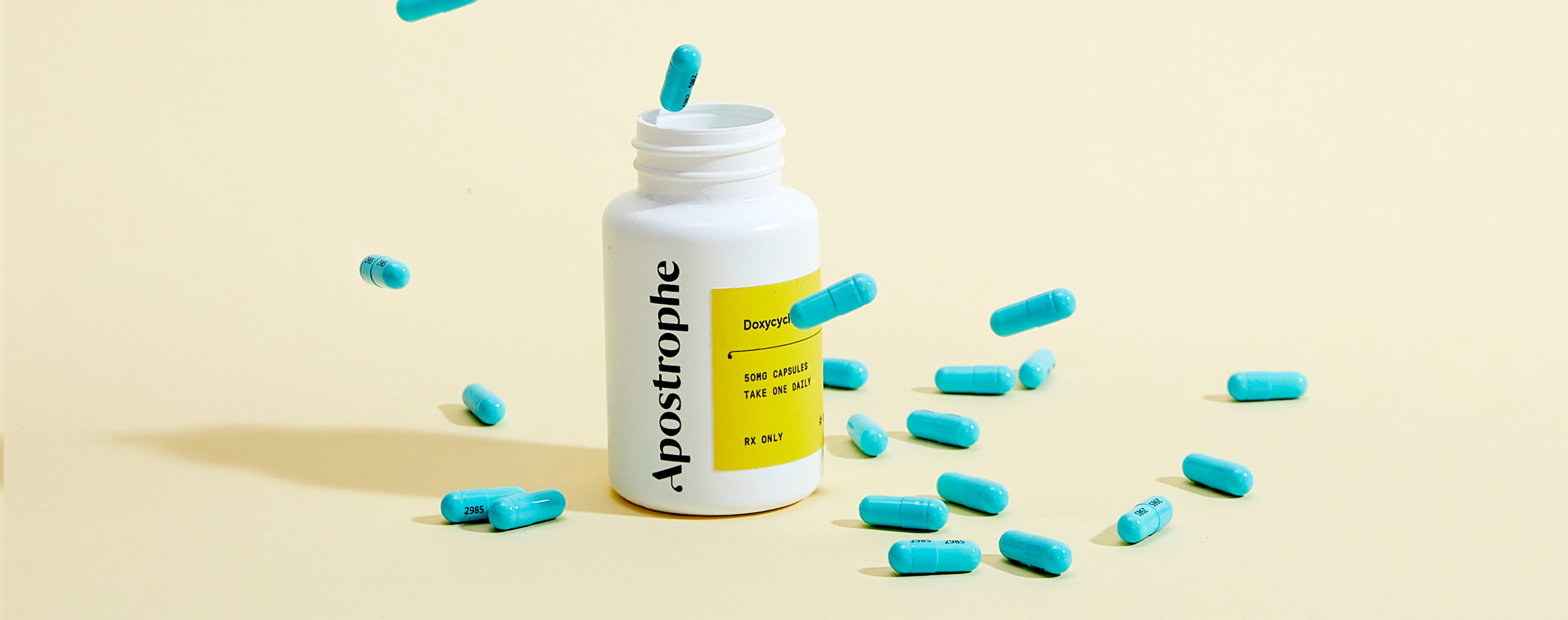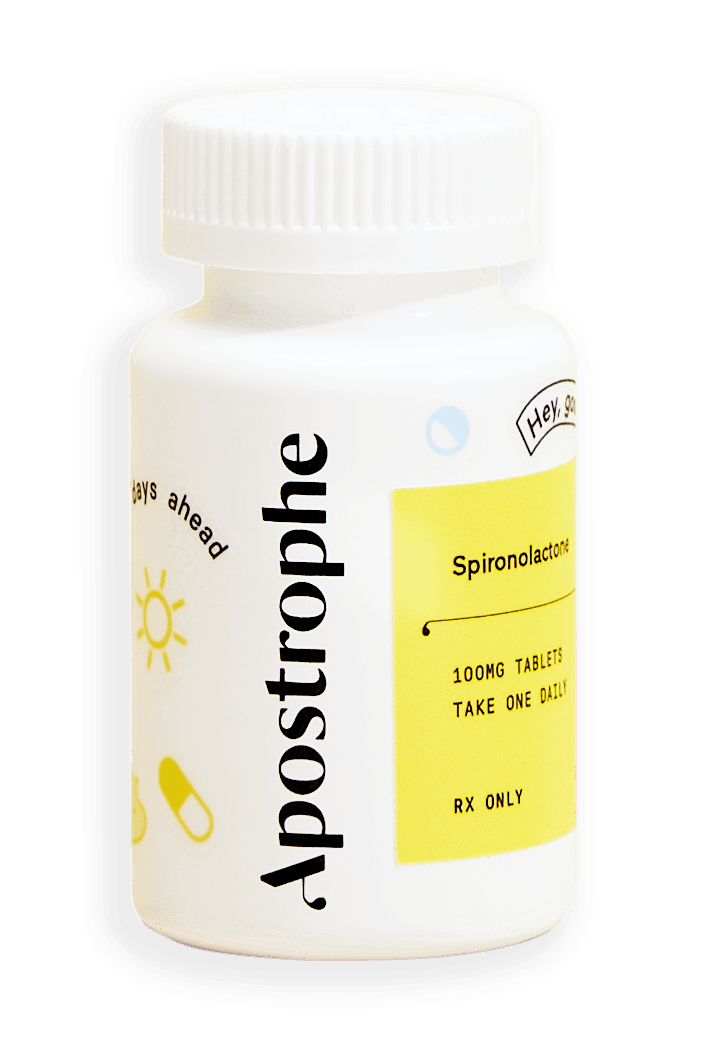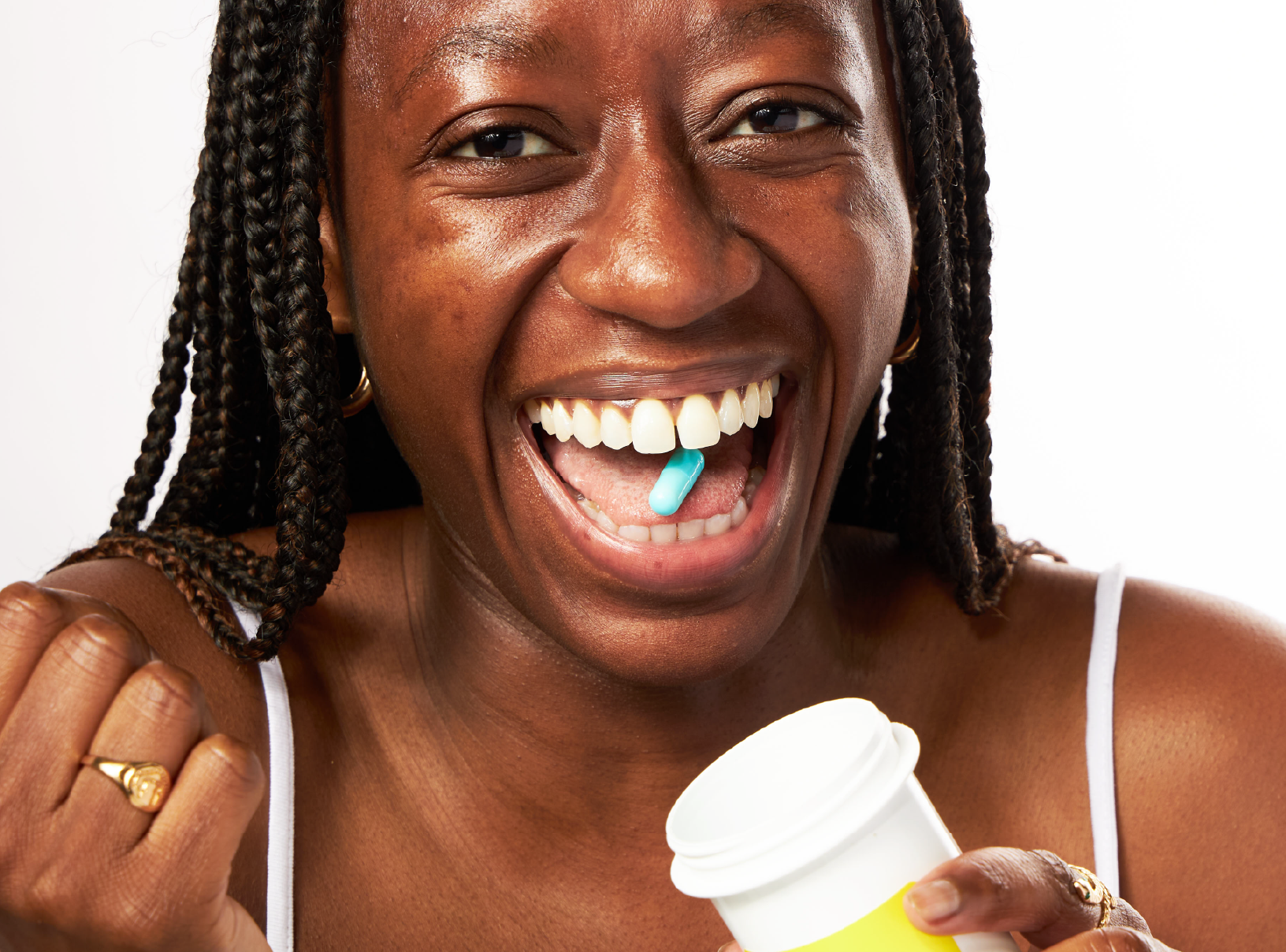Apostrophe Treatments
Everything You Need to Know About Doxycycline


SHARE
Apostrophe Treatments
Everything You Need to Know About Doxycycline
Medically reviewed by Aimee Paik, MD
Written by Daley Quinn
Last updated 8/1/2024
Treating acne topically is crucial when it comes to addressing clogged pores, but sometimes you need to treat your stubborn pimples from the inside out. If you’re finding that your prescription topicals aren’t cutting it, it might be time to speak with your Apostrophe doctor about incorporating doxycycline, an oral antibiotic, into your skincare regimen.
Whether you’ve heard of doxycycline or not, there’s been a lot of misinformation lurking around the internet about its potential side effects and efficacy on treating acne—be rest assured, though, that doxy should not be feared. Below, we share everything you need to know about doxycycline for treating acne.
How Doxycycline Works
Doxycycline is an oral antibiotic that’s been used by dermatologists to treat acne from the inside out for many years. It’s typically used to treat bacterial infections, but it has potent anti-inflammatory effects that are used to treat acne lesions, too.
“The main misconception is that acne is a bacterial infection that can be cured with oral antibiotics, but this just isn’t true,” explains Dr. Aimee Paik, a board-certified dermatologist. “Acne is actually an inflammatory skin condition and starts with the clogged pore, or what we call a ‘comedone’ in medical jargon. This clogged pore fills up with sebum and occasionally bursts, leading to painful red inflammation (a.k.a. a pimple).”
Unlike topical medications (like tretinoin) that work to unclog pores and prevent future acne, oral antibiotics (like doxycycline) are used for short periods to temporarily calm down skin inflammation. “While a bacteria called Cutibacterium acnes does play a role in stimulating inflammation, it’s not the primary driver of acne,” explains Dr. Paik.
Side Effects of Doxycycline
For the most part, doxycycline is a very safe antibiotic, which is why dermatologists have been using it for years to treat acne. However, like all antibiotics, doxycycline does come with its own set of side effects. “It can be very irritating to the gut lining and can cause stomach upset and pain if taken without food,” says Dr. Paik. Doxycycline should always be taken after meals with a full glass of water so that it doesn’t get stuck in the esophagus. Additionally, you should remain upright for at least 30 minutes after taking it, or the medication can reflux back into the esophagus and cause chest pain, according to Dr. Paik.
Another side effect of doxycycline will have you reaching for your sunscreen...often. “Doxycycline will also make you sunburn more easily, so good sun protection measures are essential,” says Dr. Paik. “Other, less common, side effects include headaches and yeast infections in women.”
Finally, you definitely shouldn’t be taking doxycycline if you’re pregnant. “Doxycycline can cause tooth staining in the developing fetus (those little teeth start developing in utero), so it shouldn’t be taken while pregnant,” says Dr. Paik. “These risks are seen in the 2nd and 3rd trimester of pregnancy, so doxycycline can be taken while trying to conceive, but should be stopped as soon as you become pregnant.”
Doxycycline Dosage and Its Strength
Like any medication, the dosage of doxycycline that your Apostrophe doctor prescribes you will depend on a few factors. “Doxycycline is typically dosed between 100-200mg/day, depending on the severity of acne and body weight,” explains Dr. Paik. “It is also used at a 40mg/day ‘submicrobial’ dose that is safe for long-term use—submicrobial doses of doxycycline are not high enough to kill bacteria, meaning there’s less concern for antibiotic resistance, but they still confer good anti-inflammatory benefits.”
What’s incredible about doxycycline is just how fast it works to help diminish acne lesions. According to Dr. Paik, the benefits of doxycycline can be seen in a matter of days. Plus, it doesn’t have any effect on comedones, so there is no purging from doxycycline alone. “That being said, oral antibiotics are best used with topical treatment—retinoids and sometimes azelaic acid can cause acne to worsen before improving, and doxycycline can be helpful during this initial purging period to prevent worsening,” says Dr. Paik.
A downside of doxycycline is that, if you’re taking the antibiotic for the treatment of acne and you stop taking it, your acne will come back immediately within a matter of days if you are not using other topical acne medications alongside it. “Doxycycline treats inflammation, not the precursor lesion responsible for acne,” says Dr. Paik.
Doxycycline vs. Other Oral Medications
There are multiple ways to treat acne internally, but antibiotics work differently than other medications your dermatology provider might prescribe to you, like hormonal birth control or spironolactone. Unlike doxycycline, “birth control pills and spironolactone target the hormonal causes of acne and are used in women only,” explains Dr. Paik. “Doxycycline, on the other hand, can be taken by both men and women and works more quickly than birth control pills and spironolactone to improve acne.”
Doxycycline is used as a short-term treatment, whereas spironolactone and birth control pills are used more as a long-term acne treatment. “Spironolactone decreases oil production, which may be a desirable side effect for some, but this can increase facial dryness and can make tolerating higher strengths of tretinoin more difficult,” explains Dr. Paik. “Doxycycline does not have this effect.”
Shop this post

Oral doxycycline

Oral Spironolactone

Tretinoin

Finacea (azelaic acid)
Like what you just read? Sign up for our email list to get the scoop on skincare science delivered straight to your inbox.

Deep Dives
A dermatologist shares his thoughts on the recent studies about benzoyl peroxide and benzene.
Read More
Education
What is milia?
What is milia? Today, we’re jumping into one type of bump that you may have heard about most commonly in infants — milia.
Read More
Education
Best moisturizer for acne-prone skin
If you have combination acne-prone skin, figuring out which moisturizer is best for your skin might be tough. In this guide, we break down the best moisturizer for combination, acne-prone skin.
Read More
